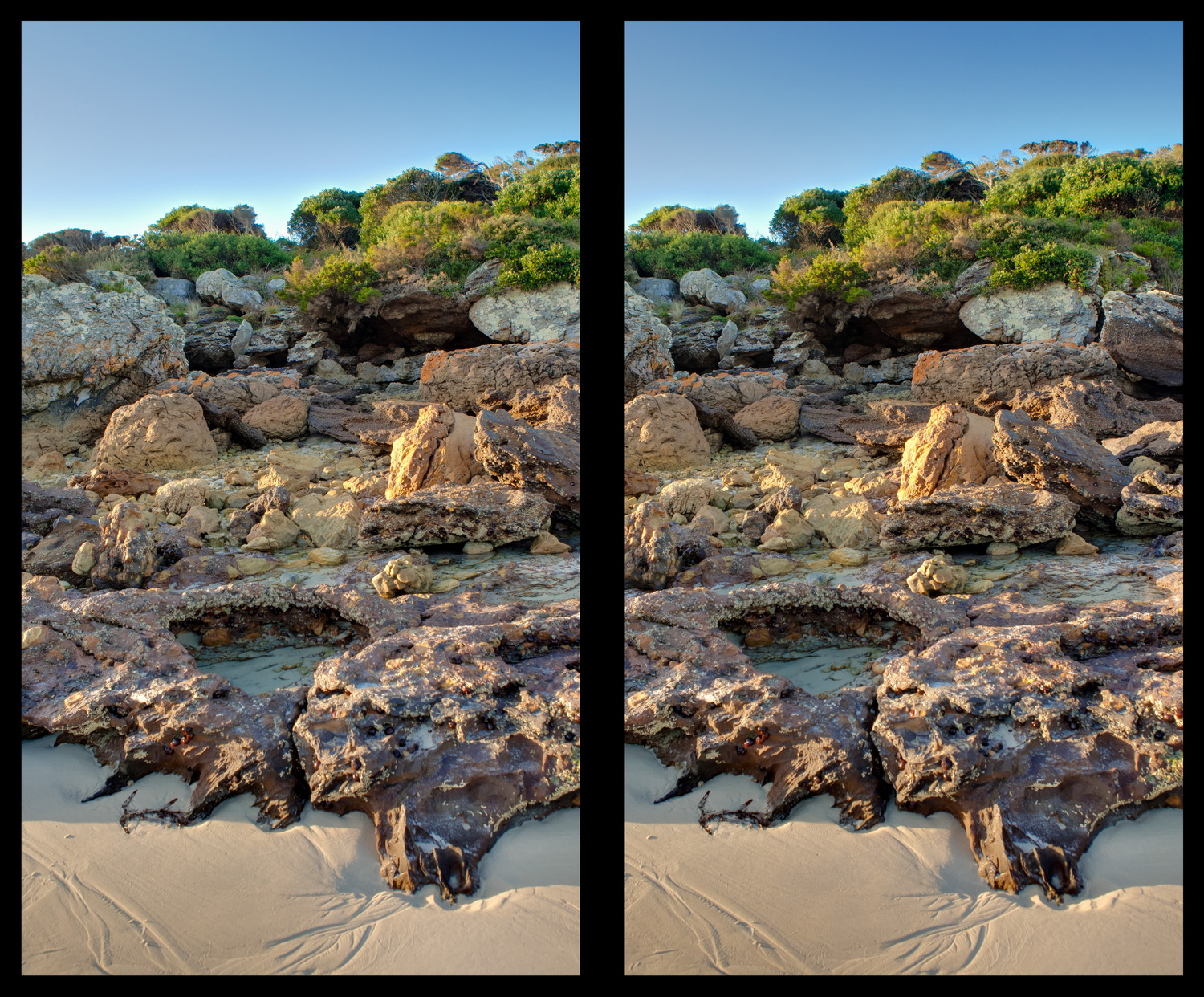

You can also experiment with different themes to find something that suits you, although the built-in options are just minor variations of the default light and dark modes. That’s a minor issue, obviously, and it might not bother you at all.

I find the interface design style focuses a bit too much on very similar grey colors without balancing the typography, and it makes it a bit too easy to get lost in the collapsible menus on the right. That being said, if you’re willing to take the time to learn darktable’s extensive set of adjustments, you gain an impressive degree of control over how your RAW files open in GIMP. Obviously, there’s a fair bit of work to do on this image before it goes back to GIMP! It’s simple, familiar, and effective, but the surface similarity disappears once you get under the hood and start editing your RAW file. darktableĭarktable shares the Lightroom-style photo editor interface that has become more or less standard across every release in the last decade. I’ve got a quick how-to guide at the end of this article, but let’s take a look at the 4 options in a bit more detail. If you want to experiment with all of them, it’s easy to switch between back and forth at any time in your GIMP settings. They’re not really ready for the average home user, though, so I can’t recommend them.
RAWTHERAPEE VS GIMP FULL
If you don’t want to set up a full RAW workflow or you just want to edit the occasional RAW file, DCRaw and nUFRaw are a couple of more basic processors that can open RAW files in GIMP. If GIMP is the open-source movement’s recreation of Photoshop, then these two are the response to Lightroom and the world of RAW photography.

The first two options in the list – darktable and RawTherapy – also function as standalone programs, and they both work quite well. Each one is compatible with Windows, macOS, and Linux, so you’ve got a full range of choices no matter where you’re using GIMP. There are four popular RAW processors that are available free: darktable, RawTherapee, nufraw, and DCRaw. To learn about how you can add them into your workflow and to discover some additional RAW processing options for GIMP, read on!īecause GIMP’s developers don’t build in native RAW support, you’ll need to choose an external RAW processor in order to open and edit your RAW files in GIMP. There are a couple of other methods to open RAW files in GIMP, but those two programs are the best free options available. You can apply any non-destructive adjustments you want, and then it passes the processed RAW file directly back into GIMP for additional editing and closes itself. Once you’ve got an appropriate processor installed, opening a RAW file in GIMP will automatically launch it as a plugin. They can both open any RAW files produced by a modern camera, and they integrate seamlessly and instantly with GIMP. The two leading options are darktable and RawTherapee.
RAWTHERAPEE VS GIMP INSTALL
You’ll need to install a secondary program to handle your RAW files called a RAW processor.
RAWTHERAPEE VS GIMP HOW TO
GIMP doesn’t know how to open RAW files by default, but there are a few different ways to get around this problem. For example, Nikon cameras use the NEF format. Modern cameras use RAW formats to get the best possible image quality, and most camera manufacturers use their own unique proprietary version of a RAW file.


 0 kommentar(er)
0 kommentar(er)
